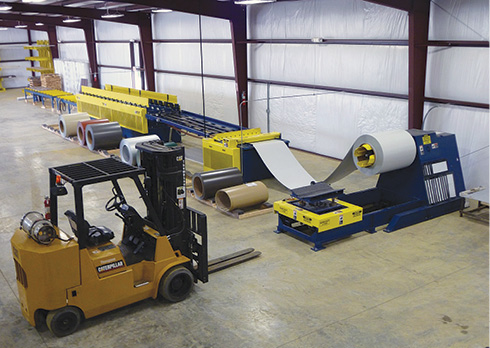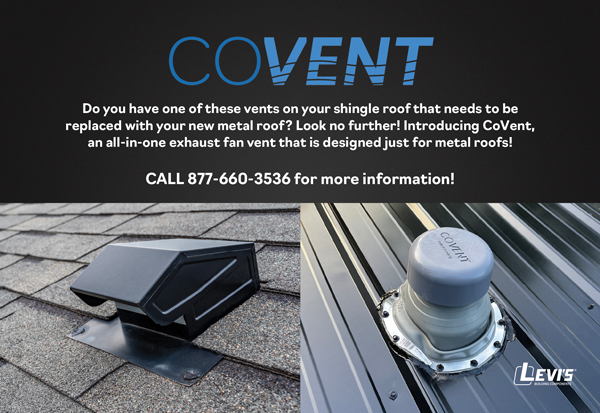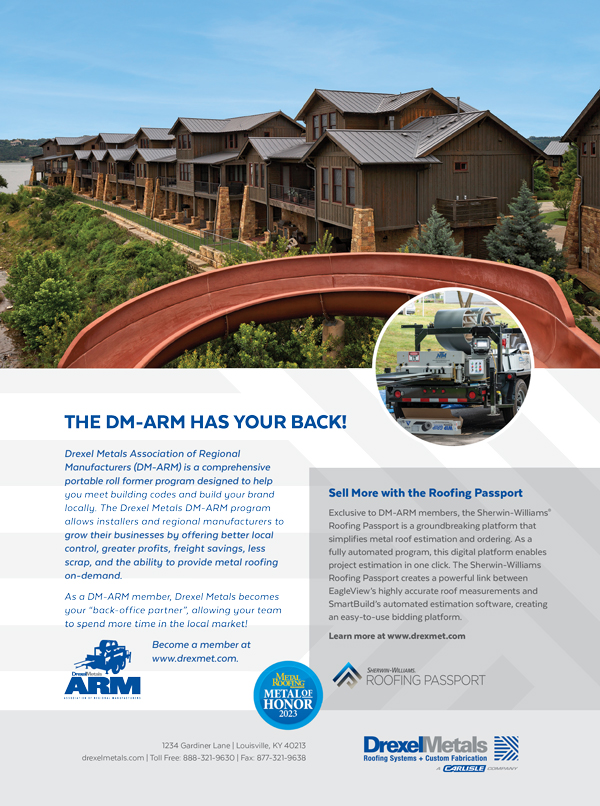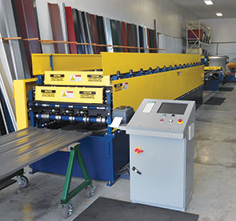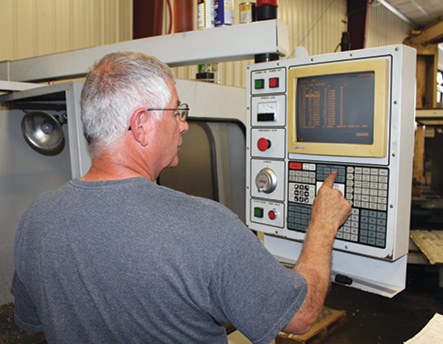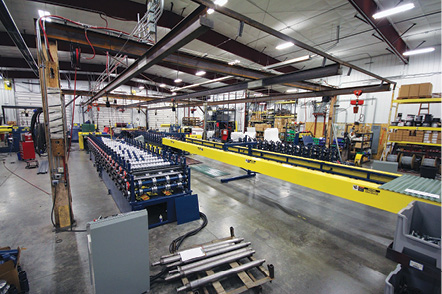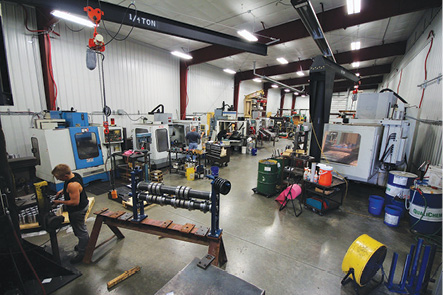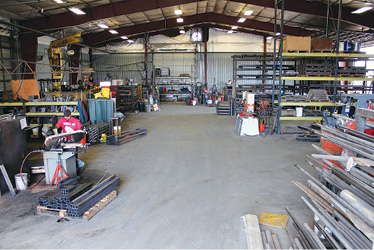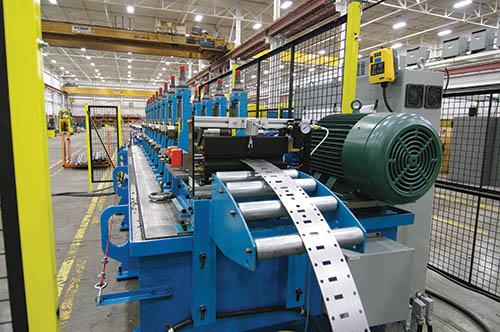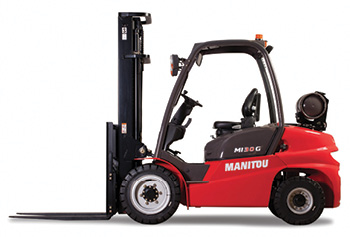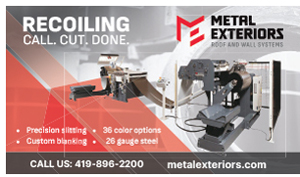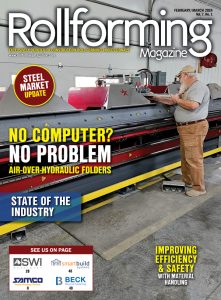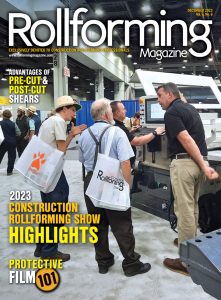Tips on how to pick the best equipment for starting up your business.
Do you have a lot of questions about choosing a roll former? That is to be expected with so many manufacturers out there offering so many different types and options to help you with your business.
When you are considering what manufacturer to go with when choosing the right roll former for your business, Bill Griffin, a partner with Metal Rollforming Systems (MRS), based in Spokane, Washington, says experience matters. MRS has a team of sales engineers that are proud of the support, knowledge and industry connections that the company has built over many years in business.
“We offer unparalleled service to all our customers, from new startups to established industry veterans,” Griffin said. “We understand that you’ll have plenty of questions and concerns to prepare to launch or expand your business. MRS is here to help every step along the way, from initial business planning all the way to starting your roll-forming business.
Here are four important things to consider when purchasing equipment:
Step 1: Evaluate
Your Marketplace
Researching into the activity and the needs of your intended market is an important first step in determining the direction your budding business should go.
A. What profile or profiles do you plan on selling?
This is an important first step in identifying the proper piece of equipment and price point for the equipment. It will also dictate inventory requirements and shop space. You can gauge what your competitors are doing to better grasp the needs of the market place. The panel profiles and needs can vary geographically as well.
B. What is your estimated volume of sales for year one?
The sales volume relates directly to your production needs for both equipment; roll forming and trim, as well as your facility and ancillary items like forklifts and delivery needs.
C. What is your estimated or goal for sales in year five?
Determining your goals for the future will help you to better plan how to get there. It is not uncommon to double in sales by the second year and to continue to grow at a rapid pace. Determining the volume you will need to produce will greatly influence which machine is right for your operation.
Step 2: Evaluate Your Needs & Determine Your Budget
Now that you understand your market place how are you going to service it, and what equipment is needed to service it properly? Most roll-forming operations start with three important pieces of equipment. Keep in mind most operations have a positive cash flow the first year and a ROI of three to five years.
Griffin says that MRS works closely with financing companies and provides an excellent financial analysis tool for use in estimating growth and profitability.
A. Panel Rollformer
“This machine is the heart of your production shop and should be of the highest quality,” Griffin says. All MRS equipment is designed and manufactured in the USA. “The majority of MRS panel lines also offer the ability to blank flat sheets for your trim shop, a significant advantage that saves you funds and shop space.”
B. Folder / Trim Brake
The trim folder will be used to bend up all of your trim parts. Although MRS does not sell any folders, the company has numerous connections throughout the industry and would be happy to assist in your search. Sizes can range from 10’ – 20’ in length. Production capacity of your folder should be directly related to estimated sales volumes from 1(B) and 1(C).
C. Slitter / Shear
The MRS Pre Cut Rollformers can take coil and blank it to length for trim; 10’, 12’, and 20’ and more. Once a stack of sheets is made, either a Slitter or a Shear can be used to reduce the width of the coil (typically 40.875” to 43”) down to the appropriate width for your trim pieces. Shears are advantageous for making quick width changes. Slitters shine when you set up to run production quantities as they make multiple cuts in a single pass.
Griffin says that any one of MRS’ sales engineers can help review your project in great detail and tell you what items best suits your needs and budget.
Step 3: Determine
Your Partners
A quality piece of equipment, if properly maintained, will provide decades worth of service.
“We pride ourselves on support and service both during and after the sales process,” Griffin said. “With a comprehensive inventory, a full machine and fabrication shop, along with technical support staff that have experience building the equipment, we have the parts and service you need at a moments notice.”
In addition to its equipment, MRS also has contacts in the following areas:
A. Coil suppliers
B. Lending institutions
C. Screw suppliers
D. Closure and accessory suppliers and more.
Step 4: Develop & Execute Your Business Plan
Now that you have ascertained a need, and found the best equipment and partners, it is time to formulate and execute a business plan that will set you up for success. There are three main things to consider when formulating a successful business strategy in the metal roofing industry.
A. Service
As a smaller company you will be more maneuverable and find it easier to provide same or next day service to your customers.
It is imperative to make offering the highest level of service your number one priority. Many times, a small startup will go toe to toe with the larger corporations and have been very successful by offering the best service available.
B. Price
Price is a large motivator for contractors and homeowners.
“Work closely with your coil supplier to negotiate the best pricing structure. Keep in mind that as a startup your buying power may not rival the larger companies, but your overhead will be small allowing you to operate on a tighter margin,” Griffin says.
C. Capability
Here you can find a niche that may not be currently filled in your market place, such as:
1. Long trim for one-piece corners or rakes;
2. Delivery and packaging options such as roll-off trucks, rental trailers or Moffett-style forklifts;
3. Additional color offerings or exotic colors like wood grain or camouflage; and
4. Additional designer profiles
Successful Outcome
These suggestions should provide the ingredients for choosing the right roll-forming equipment for your business.
The remainder of the business plan is hard work, perseverance and a desire to offer a higher level of service.
“This is the same recipe that we at Metal Rollforming Systems work hard towards daily,” Griffin said. Adding, “you will see it when dealing with anyone from our organization, from sales engineers to service techs, we all abide by the saying: ‘Service is the lifeblood of our organization. Everything flows from it and is nourished by it. Customer service is not a department, it’s an attitude.’” RF
- Determine what your needs are and come up with a budget that is realistic.
- Financing companies will help provide an estimated growth and profitability analysis.
- Quality equipment, if properly maintained, will provide decades worth of service.
- MRS’ sales engineers can help review your project in great detail and tell you what items best suits your needs and budget.


